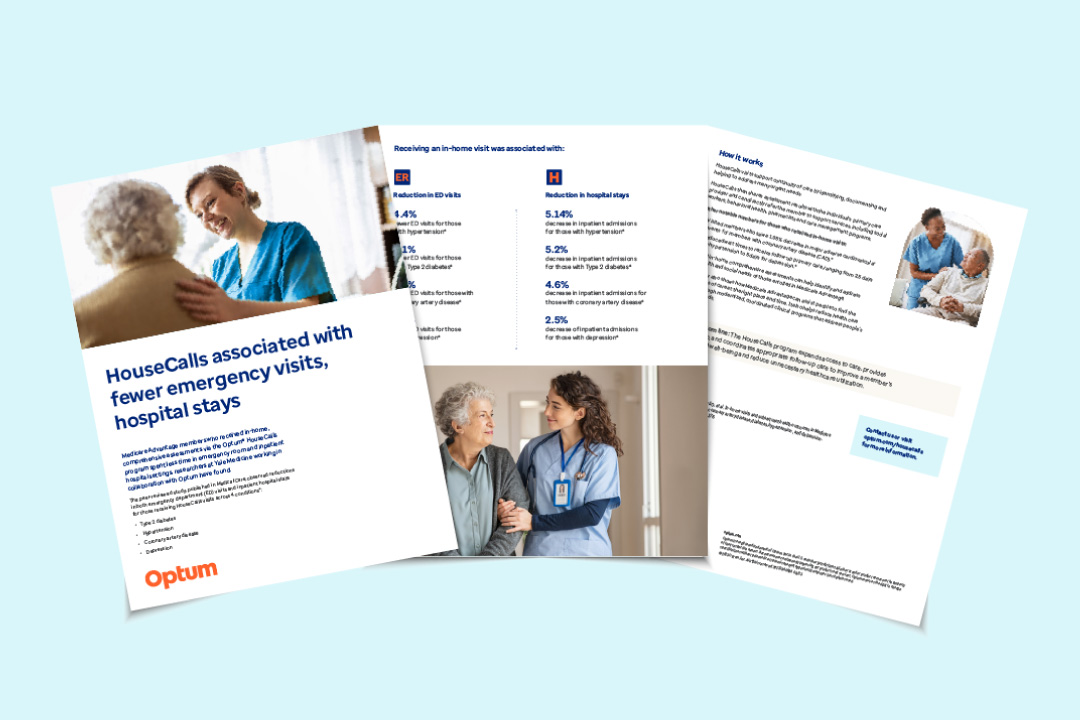Why solving the health care access problem for seniors can’t wait
Lack of access to health care is costly on many levels and creates a ripple effect for both patients and payers. From delayed diagnoses to poor management of chronic conditions, the inability to access care leads to:
- Sicker patients
- More frequent ER visits and hospitalizations
- Higher utilization of medical services
I grew up in an underserved inner-city community. Later in my own practice, I had the privilege to care for underserved patients in a rural community. Regardless of location, access challenges are part of my lived experience.
As a family physician practicing in low-income communities, many of my patients were faced with choosing between medication and food. I frequently used resources to help my patients contain costs, including the generic $3 and $4 medication lists available at some pharmacies.
I often had patients navigating housing problems that could mean living in their cars or couch surfing among friends and family. I’ll never forget one of my patients who was living on her porch because a fire made her trailer home uninhabitable.
The social determinant and behavioral health obstacles associated with poor health care access account for 60% to 80% of health outcomes and utilization,2 making them an enormous concern not just for members but for payers as well. Solving the access problem for our seniors can’t wait.



